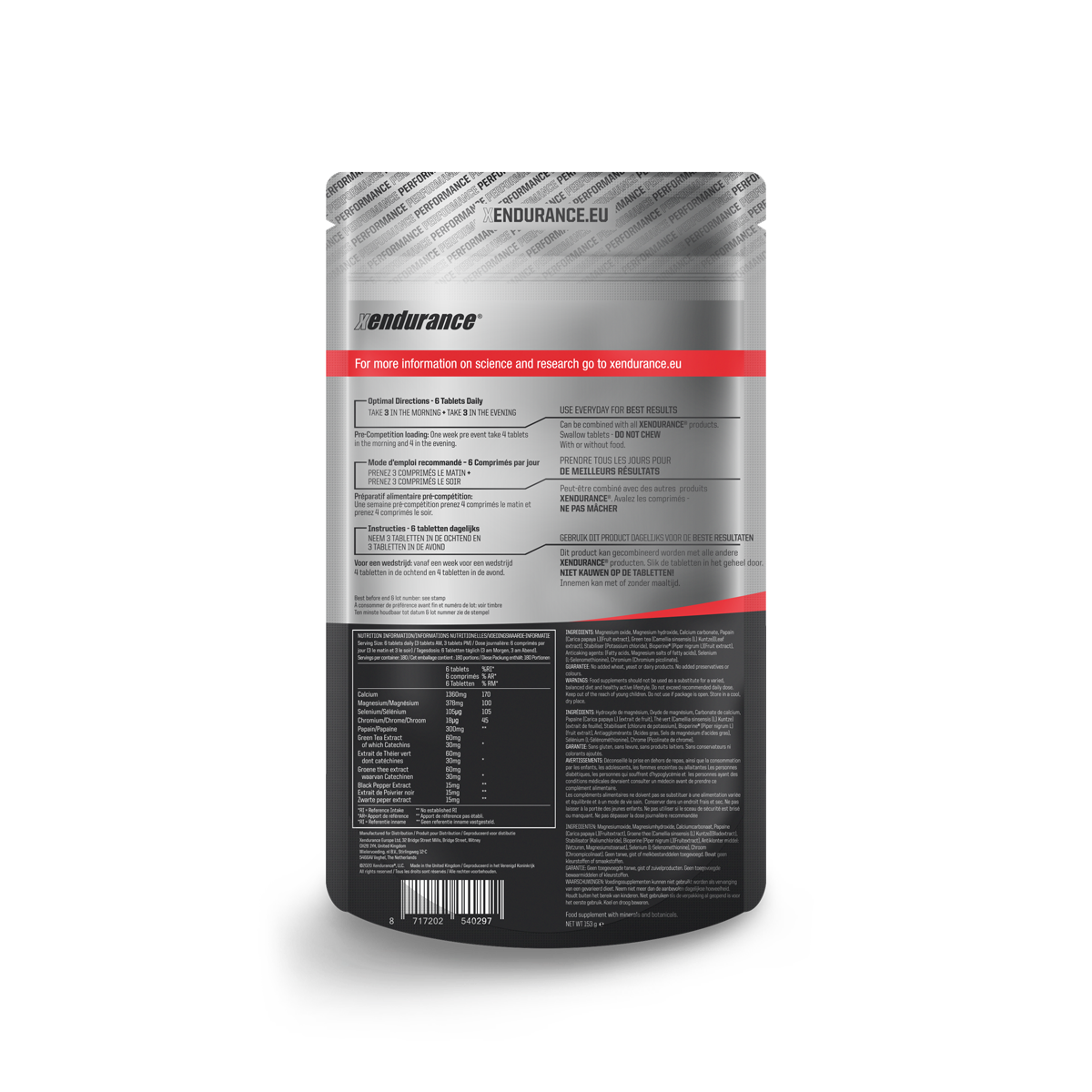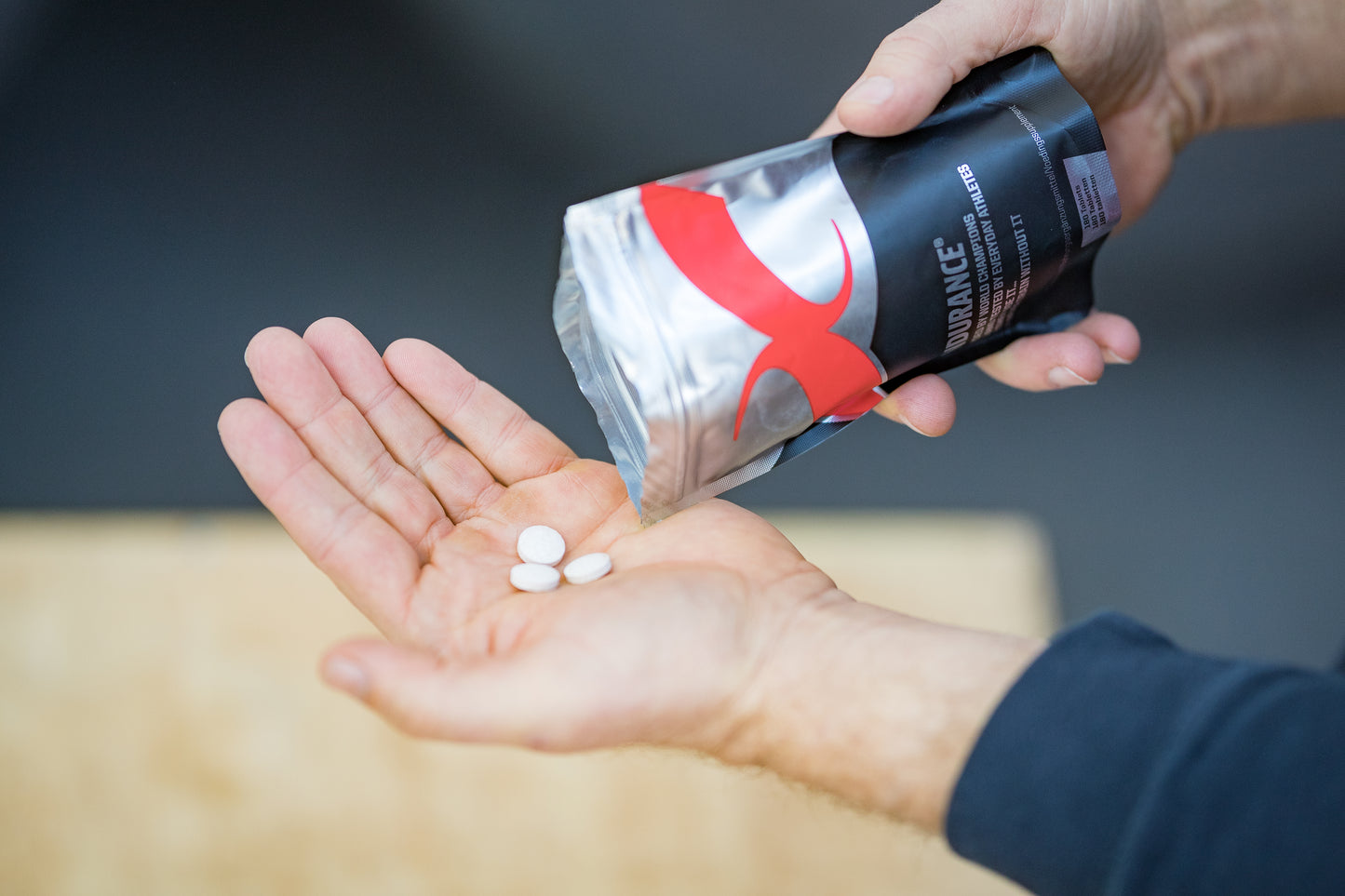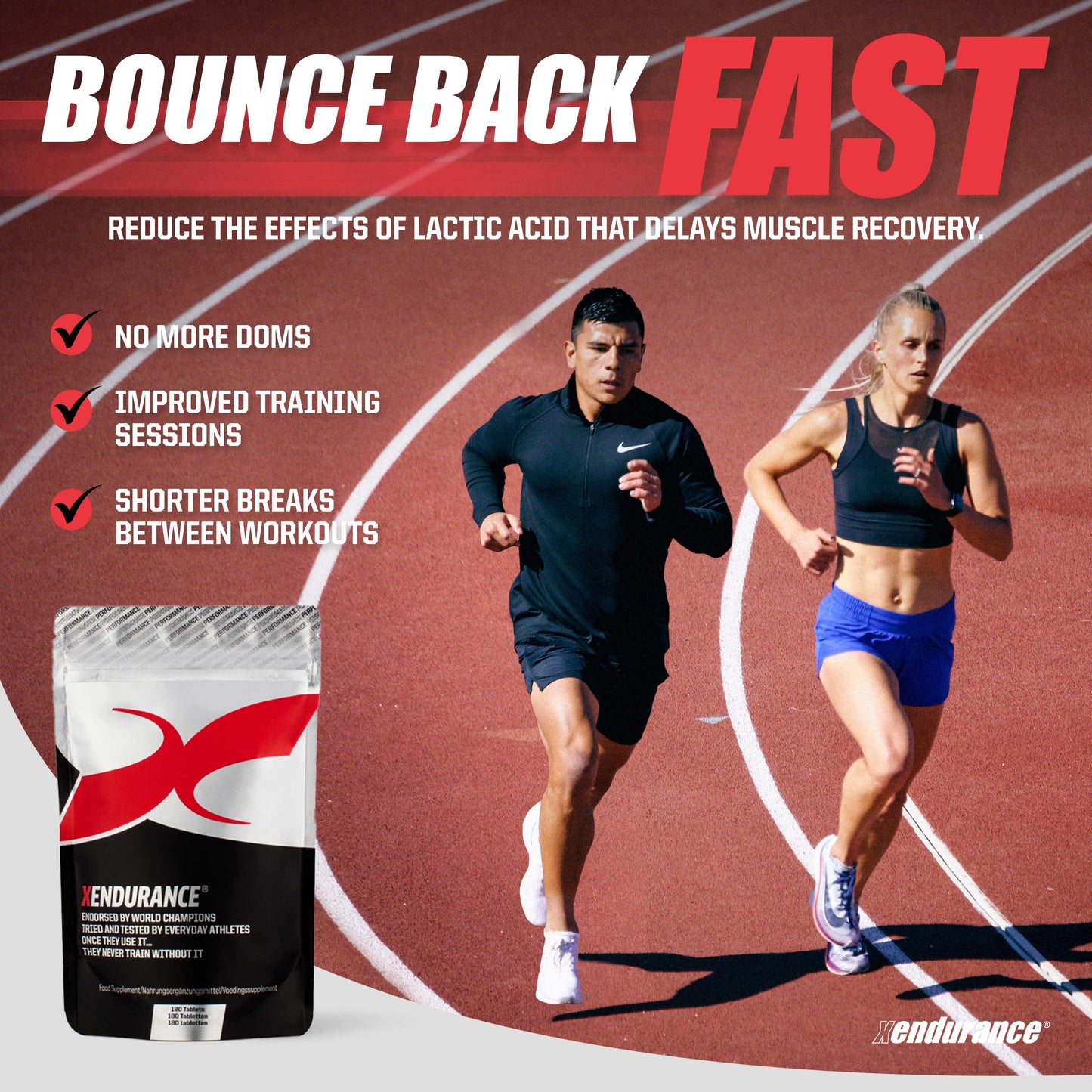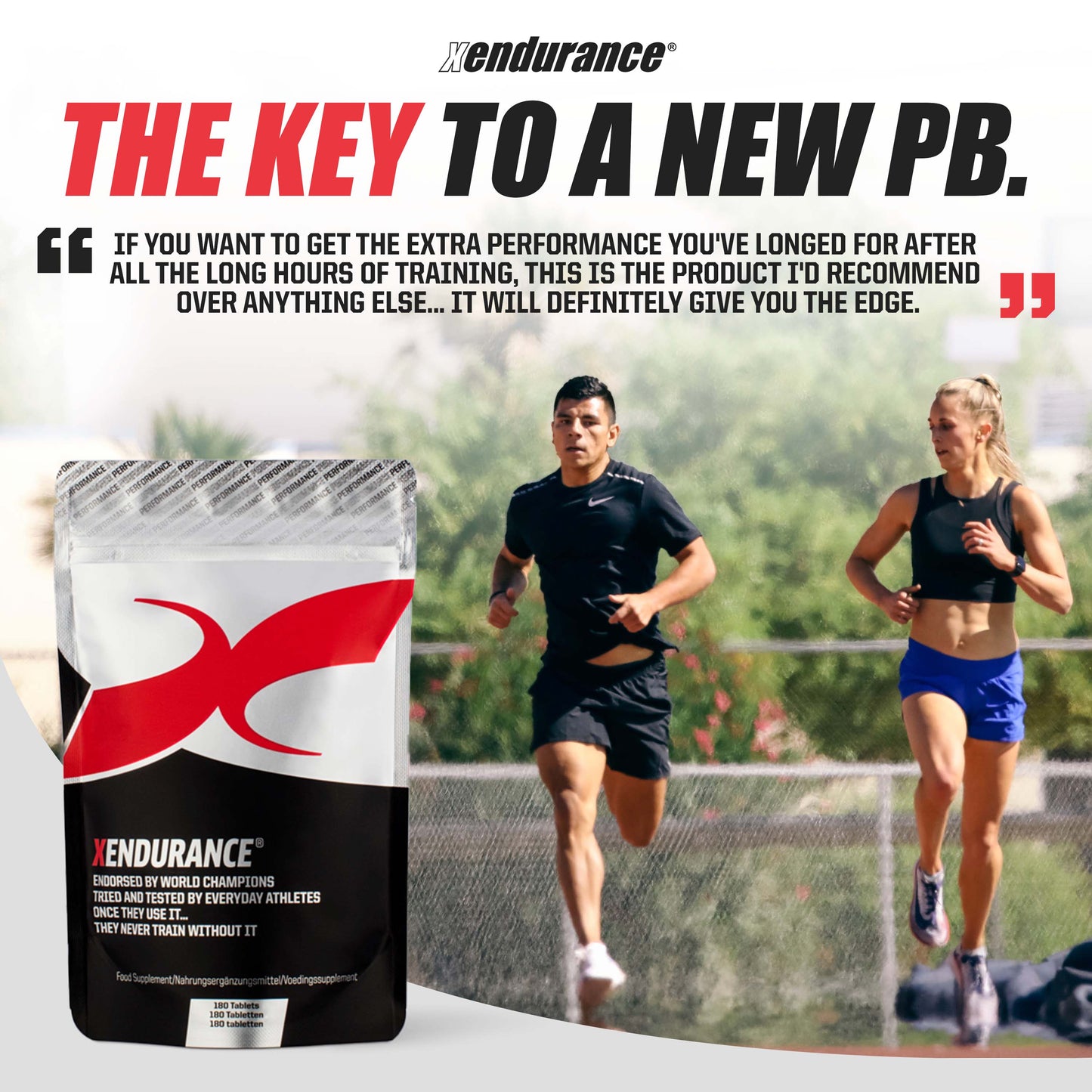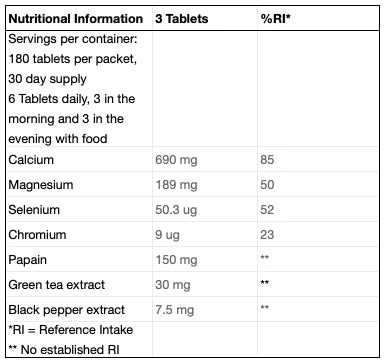In most cases, an endurance athlete's carefully planned training cycle is aimed at achieving a particular goal at a single target distance. However, many athletes overlook the fact that there often exists an opportunity to collect not one but a slate of personal bests at various distances along the road to the major conquest. Not only is achieving such a feat desirable for obvious reasons, but there is also a physiological rationale for taking this mini-shotgun approach to go along with the confidence boost an athlete gets with a collection of successfully executed tune-up races.
If you're training for a 10k, half marathon, marathon, ultra distance event you need to allocate your energy wisely and avoid the temptation to over-race. However, all sensible training plans include regularly scheduled down weeks (usually every third or fourth week, with relatively inexperienced athletes typically steered toward the former). One can schedule races to coincide with the ends of such weeks, affording the athlete multiple opportunities to take advantage of a series of de facto mini-tapers. He or she is thereby able to take serious aim at running fast over distances that, while not of primary importance, are a common enough element of athletes' overall competitive palettes to be beneficial and satisfying. For example, someone who focuses on the marathon is likely to have run enough 5Ks and 10Ks to make a personal record in one of these shorter events something from which to draw more than passing, ho-hum inspiration.
Since most people dedicate at least three or four months to training for a particular goal event, including at least three “meta-goal” races somewhere in the heart of the schedule should not be too much for seasoned, self-aware competitors. As I write this, one of the athletes I work with, a multisport type who for now is focusing on running, is training to claim personal bests at the 5K, 10K and half-marathon before lining up at Boston 2022. (I think of these four distances as the Grand Slam of running, but any cluster will do.) We set up his schedule and he was able to find notably fast courses on which to work on breaking into long-sought-after territory. He's aware that running fast in his shorter races will be a testament to the effectiveness of his training, but he also knows that failure to do so will not mean that he's not getting in great marathon shape. In other words, it's a no-lose situation.
The Rationale
As noted, it's not groundbreaking to suggest that everyone likes setting personal bests, and the more personal bests you can bag within a given time frame, the merrier. But is there a specific training value to pursuing this quest?
My answer is yes. There exists a plausible rationale for racing in events that have an anaerobic/speed component (5K) as well as those that are virtually 100-percent aerobic (half-marathon and up). Being able to rely on both highly trained fast-twitch muscle fibres and well-steeled slow-twitch fibres at the end of a multi-hour event is clearly essential for top performance. Therefore, it's important to experience all-out running over periods of 15 to 20 minutes, which is akin to being zapped with a Taser, and durations of 60 to 90 minutes, which is comparable to standing a little too close to a blast furnace.
The Set-up
Is there a particular order in which it makes the most sense to race various distances? One view is that the most effective approach is to start long and end short—for example, shoot for a half-marathon or ten-miler first, then progress to a 10K and finally to a 5K right before your target event. This is because as a goal competition grows near, an athlete is tapering in earnest, and the shorter the race, the more important it is to have fresh legs with plenty of snap in them. I've traditionally run a 5K the weekend before each marathon. and nine days before running my lifetime best marathon, I missed my 5K PB by one second, running solo the entire way. That to me was not only gratifying in itself, but it validated my training and gave me a lot of confidence going into my 26.2-miler. While success at 5K is hardly a sure indicator of readiness for a multi-hour event, my training had been heavily geared toward the latter and it was reassuring to know that I had some speed to support the strength I already knew was in place.
It doesn't have to be done this way, though. There's a lot to be said for running your longest race within a few weeks of your main event, because the pace and distance will most closely mimic those of the race you want to peak for. What really matters is that if a training cycle is proving effective, you are likely to run well across the spectrum of common road race distances (think of the old saying, “Strike while the iron is hot”). And even if you don't race a personal best at all or even any of your build-up distances, you're still reaping a training reward and gaining valuable competitive experience—factors that can only help you when your big day finally arrives.





